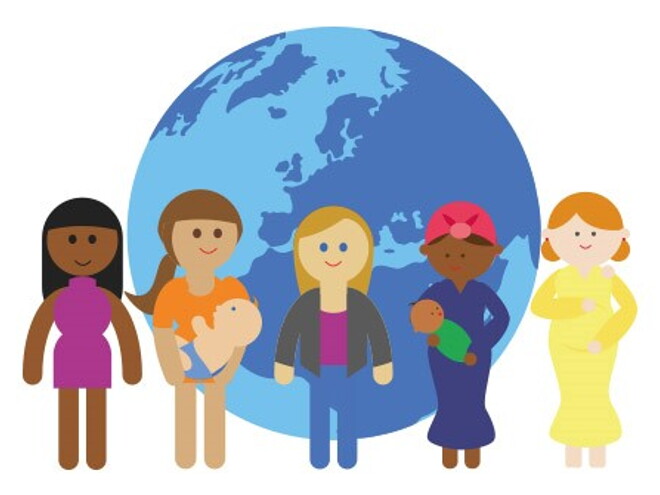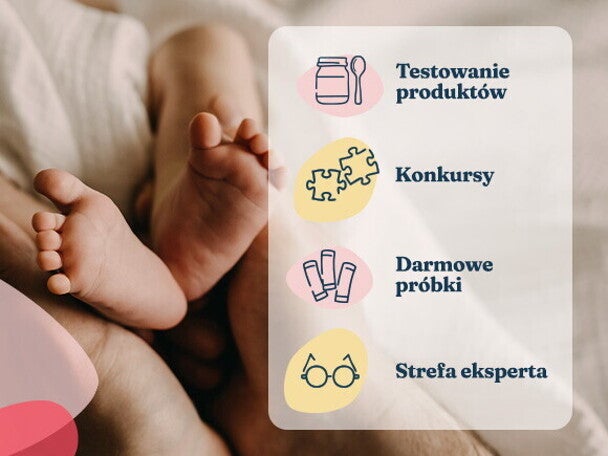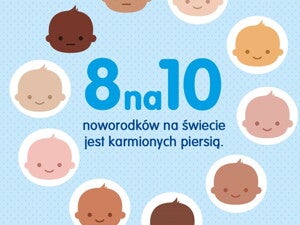Victora CG, Bahl R, Barrios AJ et al. Lancet Breastfeeding Series Group. Breastfeeding in the 21st century: epidemiology, mechanisms, and lifelong effect. Lancet 2016; 387(10017):475-90.
http://data.unicef.org/topic/nutrition/infant-and-young-child-feeding/#(odwiedzone 29 grudnia 2016) UNICEF 2016 From the first hour of life Key findings report. Full report at: <uni.cf/iycfreport2016>
Khan J, Vesel L, Bahl R et al. Timing of breastfeeding initiation and exclusivity of breastfeeding during the first month of life: Effects on neonatal mortality and morbidity – A systematic review and meta- analysis. Matern Child Health J 2015; 19(3):468–79. doi: 10.1007/s10995-014-1526-8
http://data.unicef.org/wp-content/uploads/2016/10/From-the-first-hour-key-findings2016-for- web.pdf (odwiedzone 29 grudnia 2016)
Victora CG, Bahl R, Barrios AJ et al. Lancet Breastfeeding Series Group. Breastfeeding in the 21st century: epidemiology, mechanisms, and lifelong effect. Lancet 2016; 387(10017):475-90.
Black RE, Victora CG, Walker SP i inni. Maternal and child undernutrition and overweight in low- income and middle-income countries. Lancet 2013; 387(10017):475-90.
World Health Organization (WHO). World Health Organization 2011. Dostęp na: http://www.who.int/whosis/whostat/EN_WHS2011_Full.pdf?ua=1 (dostęp w dniu 29 grudnia 2016)
http://data.unicef.org/topic/nutrition/infant-and-young-child-feeding/# (dostęp w dniu 29 grudnia 2016 r.) UNICEF 2016 From the first hour of life Key findings report. Full report at: : <uni.cf/iycfreport2016>
Cai S, Pang WW, Low YL et al. Infant feeding effects on early neurocognitive development in Asian children. Am J Clin Nutr 2015; 101(2):326–36.
Belfort MB, Rifas-Shiman SL, Kleinman KP et al. Infant feeding and childhood cognition at ages 3 and 7 years: Effects of breastfeeding duration and exclusivity. JAMA Pediatr 2013; 167(9):836–44. Lawrence R, Lawrence R. (2011) Breastfeeding: Guide for the Medical Professional. 7th ed: Mosby.
Tharner A, Luijk MP, Raat H et al. Breastfeeding and its relation to maternal sensitivity and infant attachment. J Dev Behav Pediatr 2012; 33(5):396–404.
Victora CG, Barros FC, Horta BL et al. Breastfeeding and school achievement in Brazilian adolescents. Acta Paediatr 2005; 94(11):1656–60.
World Health Organization Infant and young child feeding for health professionals. 2009.
Agostoni C, Braegger C, Decsi T et al. Breast-feeding: A commentary by the ESPGHAN Committee on Nutrition. J Pediatr Gastroenterol Nutr 2009; 49(1):112–25.
Duijts L, Jaddoe VW, Hofman A et al. Prolonged and exclusive breastfeeding reduces the risk of infectious diseases in infancy. Pediatrics 2010; 126(1):e18–25.
Horta B, Victora C. Long-term effects of breastfeeding. A systematic review. WHO 2013. Dostęp na: http://apps.who.int/iris/bitstream/10665/79198/1/9789241505307_eng.pdf (dostęp w dniu 20 listopada 2014 r.
Lamberti LM, Fischer Walker CL, Noiman A et al. Breastfeeding and the risk for diarrhea morbidity and mortality. BMC Public Health 2011; 11 Suppl 3:S15.
Lawrence R, Lawrence R. (2011) Breastfeeding: Guide for the Medical Professional. 7th ed: Mosby.
World Health Organization Infant and young child feeding for health professionals. 2009
Save the Children. Superfood for babies: How overcoming barriers to breastfeeding will save children’s lives (2013).


